1. Skipping Regular Trims
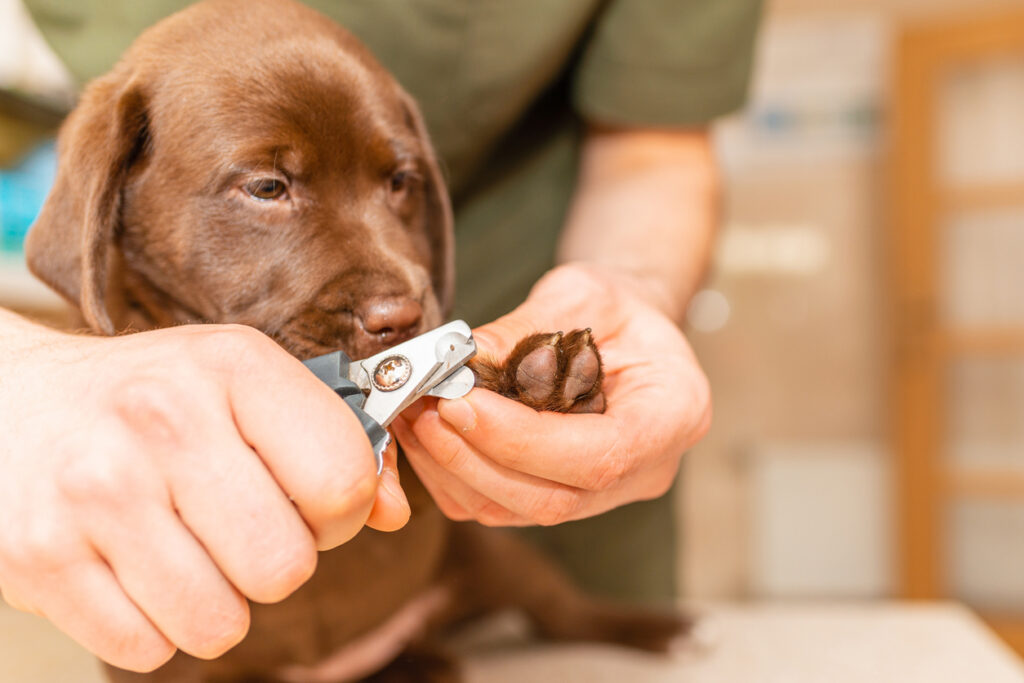
Neglecting to trim your dog’s nails regularly is one of the most common mistakes owners make. Overgrown nails can cause a variety of problems, from discomfort to serious health issues. If left unchecked, long nails can lead to joint pain, posture changes, and even nail splitting. Dogs’ nails should ideally be trimmed every three to four weeks, depending on how active your dog is and the surfaces they walk on. The longer the nails, the more they can affect your dog’s posture and gait, eventually resulting in long-term orthopedic problems. Regular trimming also reduces the stress of the process—your dog will be more familiar with the sensation, making it less likely to cause anxiety. If you’re unsure when it’s time for a trim, listen for clicking sounds when your dog walks on hard floors—this is a surefire sign their nails are too long.
2. Ignoring the Quick

Picryl
The quick is the sensitive part of your dog’s nail that contains blood vessels and nerves. Accidentally cutting into it can lead to pain and bleeding, making your dog fearful of future trims. One common mistake pet owners make is not knowing where the quick is, especially in dogs with dark nails. The quick can be difficult to see in these cases, but using a good light source can help you identify it more easily. To avoid cutting the quick, trim gradually, taking off small sections instead of large chunks. A nail grinder is a good alternative to clippers since it allows for more precision and reduces the chances of cutting too deeply. If you’re ever in doubt, it’s always better to trim less rather than too much. This way, you can avoid the pain and trauma that comes from an accidental nick.
3. Using the Wrong Tools

PxHere
Using the wrong tools for the job can make nail trimming unnecessarily stressful and painful for your dog. Not all clippers are created equal, and using human nail clippers or dull tools can hurt your dog’s nails. Human clippers aren’t designed to handle the thicker, tougher nails of dogs. Guillotine-style clippers are typically great for smaller dogs, while scissor-style clippers work better for larger breeds. Nail grinders are a fantastic option if you want smoother, rounded edges and less risk of splitting or cracking the nails. Always make sure your tools are sharp and clean before starting. Dull clippers can crush the nail rather than cutting it cleanly, which could cause pain and distress for your dog. The right tools will help make the whole process smoother and more efficient for both of you.
4. Rushing the Process

Flickr
Trimming your dog’s nails is not something you want to rush through. Hurrying can cause mistakes, accidents, and unnecessary stress for both you and your pet. Dogs can sense your tension and may become anxious, which only makes the process harder. Instead of rushing, take your time to create a calm environment before starting. Offering treats, using a soothing voice, and allowing breaks as needed can help keep your dog relaxed and cooperative. If your dog is particularly resistant or anxious, it may be best to trim just a few nails at a time and come back later to finish the rest. By taking the process slowly, you build positive associations with nail trimming, making future sessions much easier and more pleasant.
5. Neglecting to Desensitize Your Dog
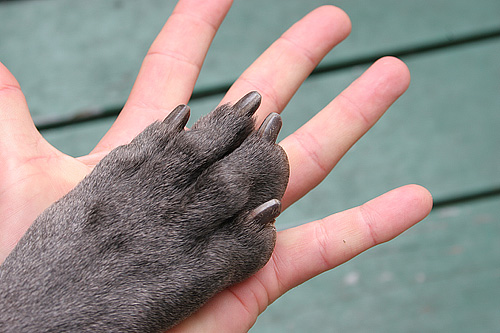
Wikimedia Commons
If your dog isn’t used to having their paws handled, jumping straight into a nail trim can be overwhelming. Desensitization is the key to making the process go smoothly. Begin by gently touching and holding your dog’s paws regularly, rewarding them with treats for staying calm and relaxed. Over time, introduce the clippers or nail grinder, letting your dog sniff and explore them before you actually use them. This gradual approach helps your dog get used to the tools and the sensation of having their paws handled. Skipping this important step can result in fear or aggression, making the entire process much harder for everyone involved. The goal is to create positive experiences at each step, so when it’s time for the actual trim, your dog will be relaxed and cooperative.
6. Cutting Too Much at Once
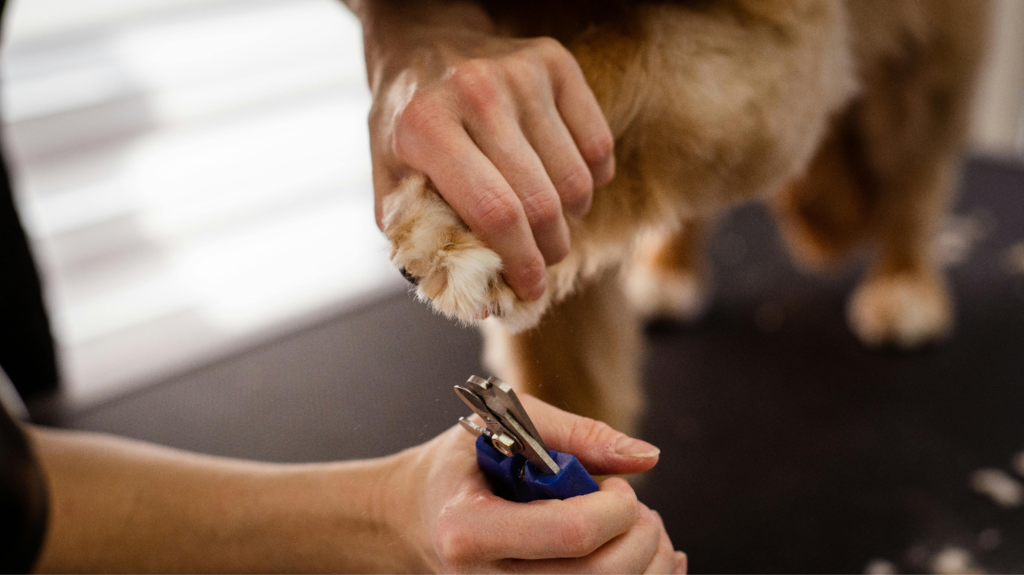
Pexels
Sometimes, in an effort to get the job done quickly, dog owners make the mistake of cutting too much nail at once. While it might seem like a good idea in the moment, this can actually increase the chances of hitting the quick, causing pain and bleeding. It’s important to trim small amounts at a time and check the nail after each cut. If you’re unsure whether you’re getting too close to the quick, look for a chalky white ring inside the nail. This is often an indicator that you’re close to the sensitive area, so it’s better to stop and trim a bit more later. Cutting too much in one go can cause trauma, both physically to your dog’s nail and emotionally, making future trims more stressful. Regular, small trims are much more effective and less risky than infrequent, deep cuts.
7. Forgetting About Dewclaws

Wikimedia Commons
Dewclaws are the small nails higher up on your dog’s legs, often neglected during nail trimming sessions. These nails don’t touch the ground, so they don’t naturally wear down like the others do. As a result, they can grow excessively long, curl back into the skin, and cause discomfort or even infection. It’s important to include dewclaws in your regular trimming routine. These nails can be trickier to access, so make sure your dog is in a comfortable position to allow you to work on them. If you’re unsure how to trim them safely, asking a groomer or vet for guidance can make the process easier. Neglecting dewclaws can lead to painful complications, so make them a part of your grooming routine to keep your dog comfortable.
8. Ignoring Your Dog’s Anxiety

Pexels
It’s easy to overlook your dog’s anxiety, but doing so can make nail trimming much more difficult for both of you. Many dogs find nail trims stressful, and ignoring signs of anxiety can make them even more fearful. Watch for signs like trembling, growling, or trying to escape—these are clear indicators that your dog is uncomfortable. You can help ease their fear by creating a calming environment. Play some soft music, use pheromone sprays, or enlist the help of another person to comfort your dog during the trim. If your dog’s anxiety is severe, you may want to consult a vet or a professional trainer who can help desensitize your dog to nail trimming. By addressing their anxiety, you’ll make the process more manageable in the future.
9. Not Stabilizing the Paw Properly
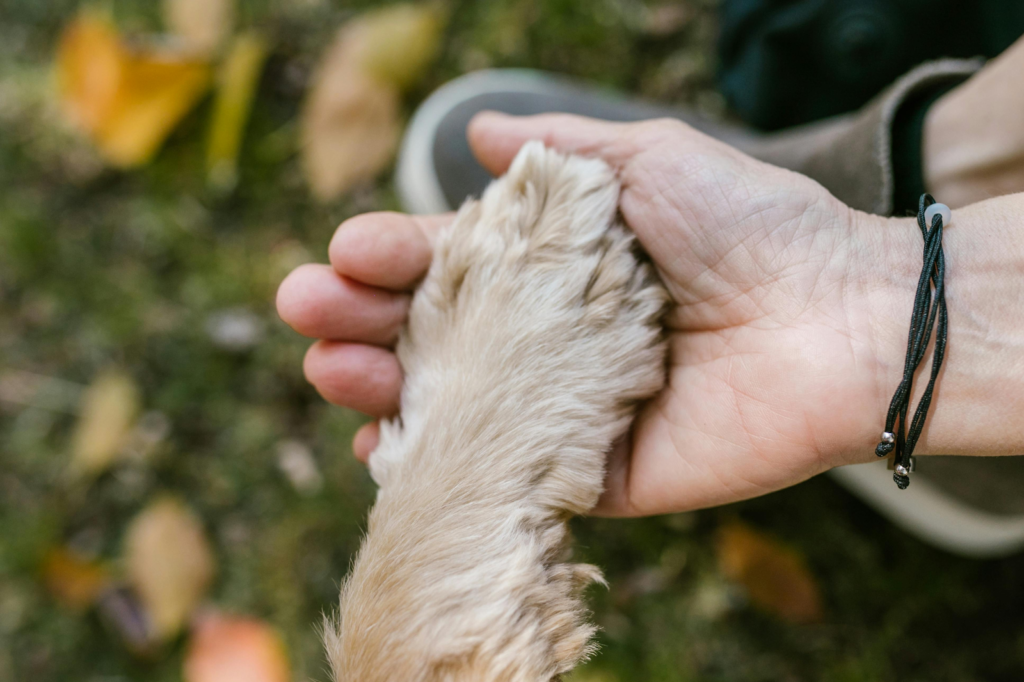
Pexels
Failing to properly stabilize your dog’s paw during nail trimming can lead to accidents, injuries, or uneven cuts. A wiggling paw makes it harder to trim safely and increases the chances of cutting too deeply. Make sure to hold your dog’s paw gently but firmly, offering them reassurance throughout the process. Use your fingers to separate the toes and expose the nail you need to trim. If your dog struggles or becomes fidgety, don’t hesitate to take a break and try again later. Stabilizing your dog’s paw not only ensures a cleaner, safer cut but also helps reduce stress during the process. With the right handling, your dog will feel more secure, and you’ll be able to trim their nails more effectively.
10. Trimming When Your Dog Is Hyper

Pexels
Trying to trim your dog’s nails when they’re full of energy is a recipe for disaster. A hyperactive dog is far less likely to stay still, making the trimming process frustrating and potentially dangerous. The best time to trim your dog’s nails is after they’ve had some exercise, like a walk or play session. A tired dog is far more likely to cooperate and remain calm during the process. You can also use calming treats or supplements before the trim to help your dog relax. Timing is everything: a calm dog makes the entire nail trimming session smoother and less stressful for both of you. When your dog is in a relaxed state, nail trimming becomes much more manageable and less of a challenge.
11. Forgetting to Smooth the Edges
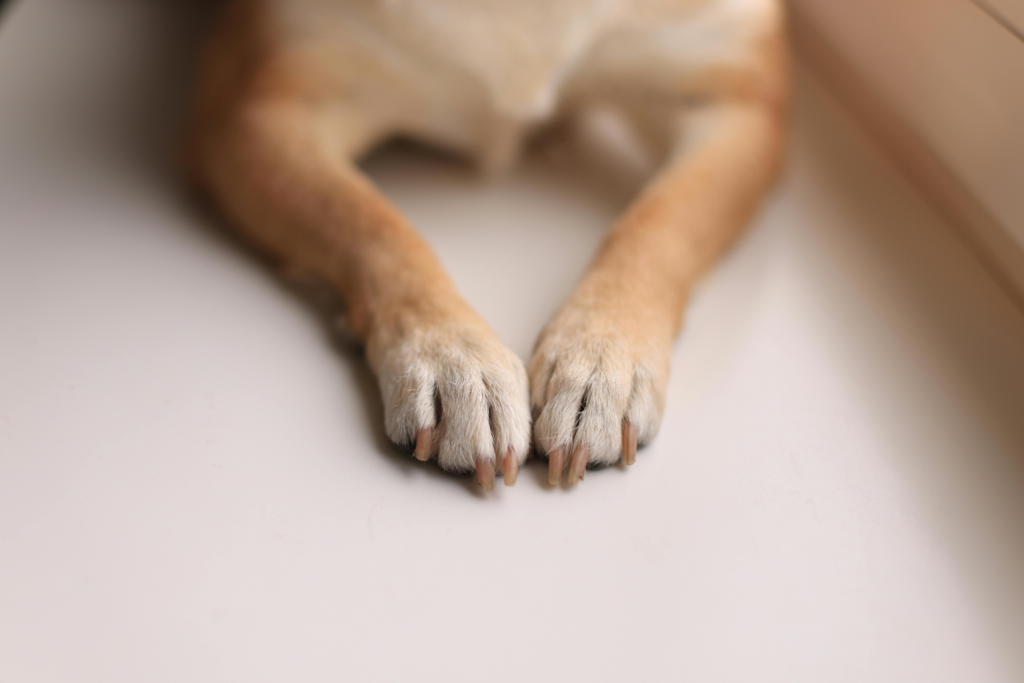
Pexels
After trimming your dog’s nails, it’s important to smooth the edges to prevent discomfort or injury. Leaving sharp or jagged edges can cause scratches or splinters, which can be painful for your dog. A nail grinder is ideal for smoothing edges and ensuring the nails are even and smooth. If you don’t have a grinder, a basic nail file will also do the job. Smoothing the edges only takes a few extra minutes but makes a big difference in your dog’s comfort and safety. This simple step reduces the risk of injuries and ensures your dog’s nails are more comfortable and less likely to cause problems as they move around. It’s a quick and easy way to improve the result of your nail trimming session.
12. Not Using Positive Reinforcement
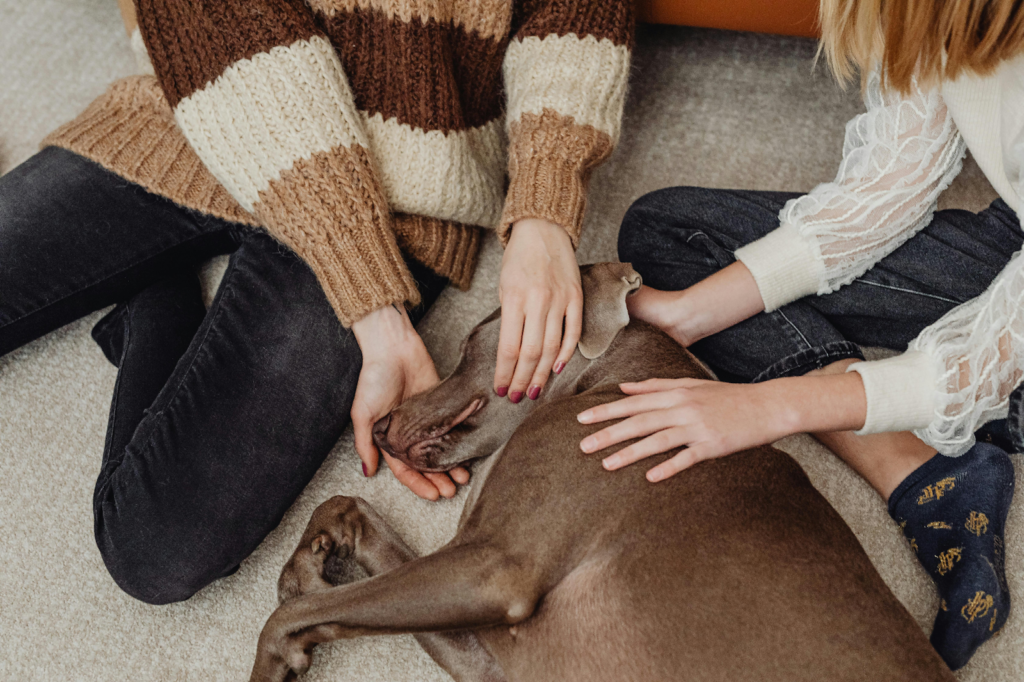
Pexels
Positive reinforcement is a powerful tool when it comes to making nail trims a more positive experience for your dog. Skipping rewards during the process can make it harder to create a good association with the trim. After each small success, like allowing you to hold their paw or trimming a nail, offer your dog a treat, praise, or their favorite toy. Over time, your dog will begin to associate nail trims with positive outcomes, making future sessions easier. Reinforcing calm behavior encourages your dog to stay relaxed and cooperative. By using positive reinforcement, you’re helping your dog view the process as a rewarding experience rather than something to fear. This simple strategy can make all the difference in how your dog responds to nail trimming.
13. Waiting Until Nails Are Too Long

Picryl
Waiting too long to trim your dog’s nails can make the process much more difficult and stressful for both you and your dog. When nails get too long, they often curl or split, making them harder to trim and increasing the risk of hitting the quick. Overgrown nails can also be painful for your dog and more prone to breaking. Regular trims make the process quicker and easier, reducing the chance of nail-related problems. It’s better to keep up with consistent nail care rather than waiting for the nails to grow excessively long. A regular trimming routine ensures your dog’s nails stay healthy and manageable, making the whole process much more comfortable for both of you.
14. Neglecting to Check for Splits or Cracks
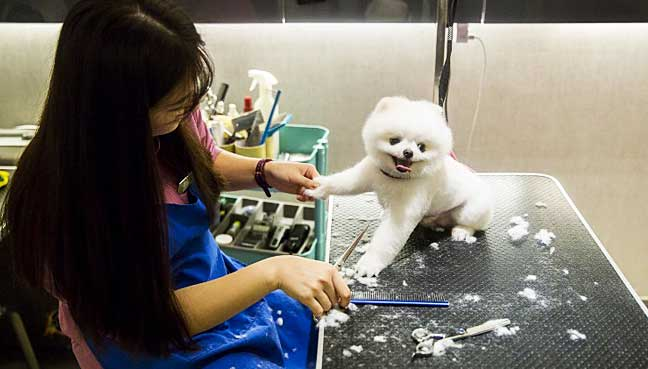
FMT
Before you begin trimming your dog’s nails, it’s important to check for any splits or cracks that could cause problems. Damaged nails are more fragile and can break further if not handled carefully. If you spot any splits, cracks, or injuries, it’s best to consult your vet before trimming. They can assess the damage and advise you on how to proceed safely. Using a nail grinder instead of clippers can help smooth out minor imperfections without putting too much pressure on the nail. Regularly inspecting your dog’s nails for damage and being gentle during trimming is crucial for keeping their nails healthy and preventing further injury.
15. Overlooking the Importance of Proper Lighting

Stockvault
Proper lighting is essential for a successful and safe nail trimming session. Trying to trim your dog’s nails in dim lighting can lead to mistakes, such as cutting too much or missing the quick. It’s important to have bright, even lighting to ensure you can see exactly where you’re cutting. If you’re struggling to see clearly, use a flashlight or headlamp for a better view, especially if your dog has dark nails. Good lighting not only helps you work with more confidence but also reduces the risk of accidents, making the process safer for both you and your dog. Proper lighting ensures a cleaner, more precise trim, which leads to a more comfortable experience for your pet.
16. Not Seeking Professional Help When Needed

Wikimedia Commons
Sometimes, the best option is to admit when you need help. If your dog’s nails are severely overgrown, they’re particularly anxious, or you simply lack the confidence to trim their nails yourself, don’t hesitate to seek professional assistance. Groomers and veterinarians have the experience and tools to handle even the most challenging nail trims. They can also help if you’re unsure about how to trim certain nails, like dewclaws or nails that are prone to splitting. If you’re feeling overwhelmed or unsure, it’s perfectly okay to seek out a professional to ensure your dog’s nails are taken care of properly.


